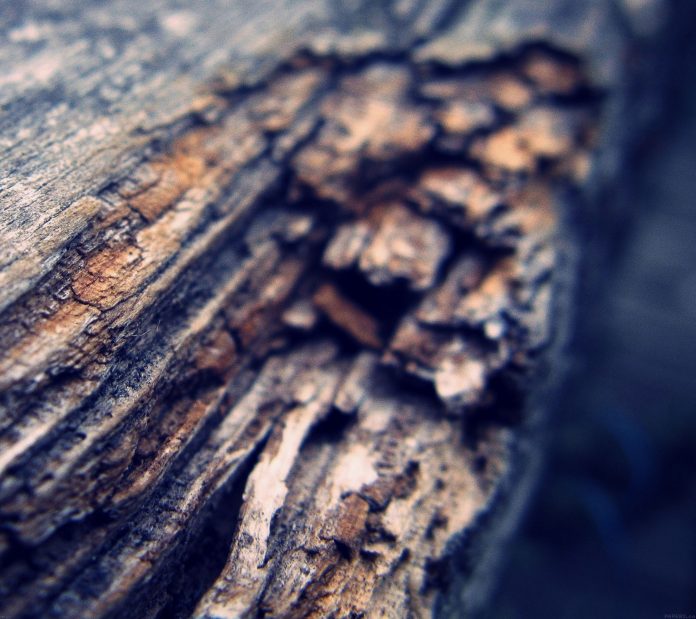The problem statement is to rotate an image clockwise 90 degrees for which here we will be using some in-built methods of BufferedImage class and Color c
Classes required to perform the operation is as follows:
- To read and write an image file we have to import the File class. This class represents file and directory path names in general.
- To handle errors we use the IOException class.
- To hold the image we create the BufferedImage object for that we use BufferedImage class. This object is used to store an image in RAM.
- To perform the image read-write operation we will import the ImageIO class. This class has static methods to read and write an image.
- This Graphics2D class extends the Graphics class to provide more sophisticated control over geometry, coordinate transformations, color management, and text layout. This is the fundamental class for rendering 2-dimensional shapes, text, and images on the Java(tm) platform.
Example:
Java
// Java program to rotate image by 90 degrees clockwise// Importing classes from java.awt package for// painting graphics and imagesimport java.awt.Graphics2D;import java.awt.image.BufferedImage;// Importing input output classesimport java.io.File;import java.io.IOException;import javax.imageio.ImageIO;// Main classpublic class GFG { // Method 1 // To return rotated image public static BufferedImage rotate(BufferedImage img) { // Getting Dimensions of image int width = img.getWidth(); int height = img.getHeight(); // Creating a new buffered image BufferedImage newImage = new BufferedImage( img.getWidth(), img.getHeight(), img.getType()); // creating Graphics in buffered image Graphics2D g2 = newImage.createGraphics(); // Rotating image by degrees using toradians() // method // and setting new dimension t it g2.rotate(Math.toRadians(90), width / 2, height / 2); g2.drawImage(img, null, 0, 0); // Return rotated buffer image return newImage; } // Method 2 // Main driver method public static void main(String[] args) { // try block to check for exceptions try { // Reading original image BufferedImage originalImg = ImageIO.read( new File("D:/test/Image.jpeg")); // Getting and Printing dimensions of original // image System.out.println("Original Image Dimension: " + originalImg.getWidth() + "x" + originalImg.getHeight()); // Creating a subimage of given dimensions BufferedImage SubImg = rotate(originalImg); // Printing Dimensions of new image created // (Rotated image) System.out.println("Cropped Image Dimension: " + SubImg.getWidth() + "x" + SubImg.getHeight()); // Creating new file for rotated image File outputfile = new File("D:/test/ImageRotated.jpeg"); // Writing image in new file created ImageIO.write(SubImg, "jpg", outputfile); // Printing executed message System.out.println( "Image rotated successfully: " + outputfile.getPath()); } // Catch block to handle the exception catch (IOException e) { // Print the line number where exception // occurred e.printStackTrace(); } }} |
Output: After executing the program console will show dimensions and executed message and a new rotated image will be created at the path entered as shown:





